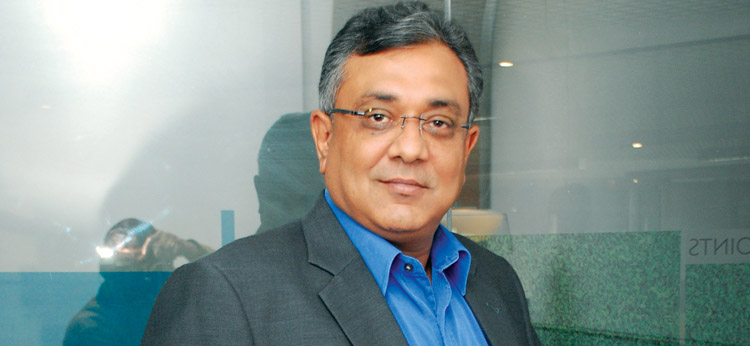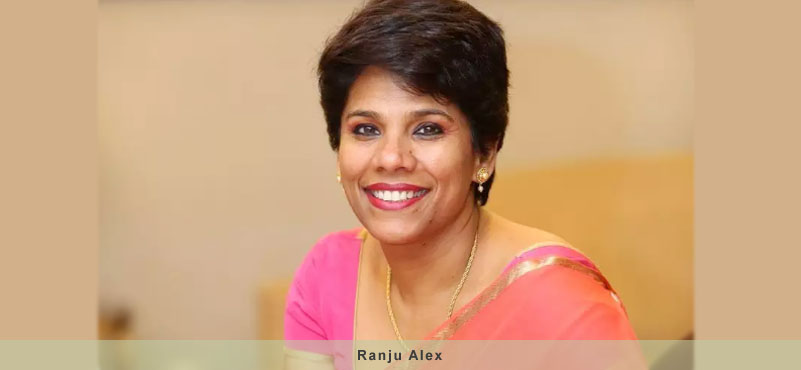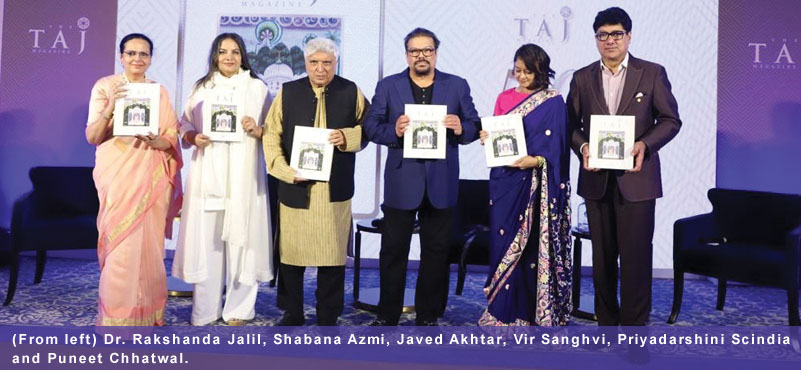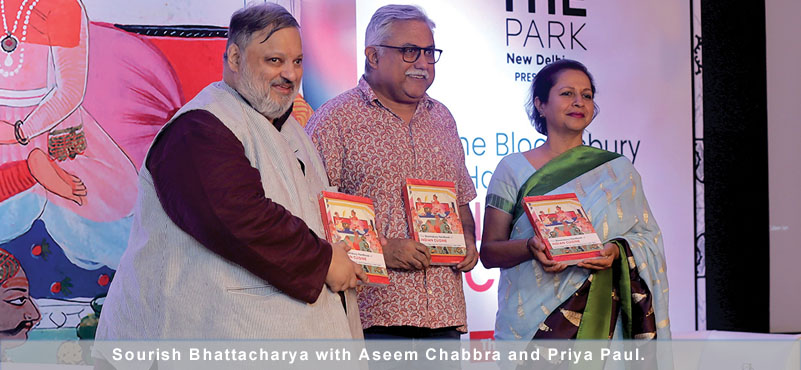Owing to the end of supply pressures and robust demand, primarily from the leisure domestic segment, hospitality industry will see better days in months to come, feels Dilip Puri. He also notes that true profitability for hotels will stem from growth in room rates and not in occupancy rates.
 Last one year how do you feel about the health of the industry across all segments, how has it done? Do we see more, or less, hotels in distress?
Last one year how do you feel about the health of the industry across all segments, how has it done? Do we see more, or less, hotels in distress?
I think the operating performance of almost all hotels across most markets in India, be it the mid-scale, up-scale, luxury - 2015 has certainly been an improvement over 2014. And I think 2015 has kind of signalled the end of the last cycle. My sense is that the second half of 2016 will begin a new cycle of growth. A lot of the depressed performance of hotels was more due to supply side of issues. And supply side issues came about because a lot of the hotels that have opened in the last 2-3 years were actually hotels that were signed up before the recession. And then post the recession many of them got stalled and delayed. Many owners and developers didn’t see the market. So as the economy started limping back these projects started. A lot of the hotels you see opening in India in the last 3-4 years are delayed constructions; that cycle is now complete. So a lot of the supply that had to come into the market has now come. So we will see a new cycle of both, new development of hotels and because the supply pressures have gone and we see demand getting robust, the operating performance of existing hotels will also improve.
Are there any markets, say in Delhi and NCR, where we don’t see more significant supply happening?
Correct, same thing with Mumbai. And Bangalore some supply yet to come. Hyderabad, Chennai, Pune where a lot of supply …. The good news is that a lot of that supply has been reasonably well absorbed. Albeit with rates dropping but I think everyone is pleasantly surprised that most hotels have been able to make occupancy gains. And when I talk about improved health now, I am talking about seeing rates grow. True profitability will come from rate growth and not from occupancy growth.
I believe that from 2016 and beyond we will see hotels in most markets able to take their rates up.
Not maybe 100% related to health but to what extent is it the consolidation of brands in the market? Is there some co-relation with the brands also settling down and now people are willing to pay a brand price. Is that also happening?
Not really. I think that is something that is ongoing. The arrival of the international brands and their establishing themselves in India across different categories has been going on for quite a few years. I think there is stronger demand growth. When we talk about the GDP growth and the growth of the economy we are one of the first sectors to benefit from it. Because whenever the government opens up something, people have to travel for it. Now just look in the last 6 months to one year, every single state in India has had global investor meets. And then they are announcing 1000 and 1000 crore worth of projects and deals, investors have to travel to make this happen. And this clearly influences demand so that demand will signal growth… the rate is going to come from here, as the next logical step. The consolidation of brands is a factor to the extent that you are giving customers more choices, and smarter ways to book; really ingraining the concept of loyalty into Indian travellers and this is most importantly the big shift in domestic leisure.
My question was – Indian customers particularly have come to appreciate the brands and they are willing to pay for those brands? Because they have understood what these brands are now and somewhere the brands have come home to them and so now they are choosing and paying for the brand more happily.
I would agree. But the choosing and paying happily is because of concepts of loyalty programmes.
I also feel that as many Indians go abroad, they experience the brands and this also brings in loyalty. This is perhaps true of all foreign brands operating in the country, not just Starwood.
Coming to another subject that you raised, all these investor meets in the states and yours is the first sector to benefit so a lot of your growth/demand is coming from economy led momentum.
For our big corporate city hotels, yes, that’s where it is coming from.
Is that true for the bulk of the hospitality industry?
Yes.
How muchare Indians driving this? Over the last 5-7 years has the Indian component kept increasing.
Yes, very much. From 10 years ago where it was 80/20. 80 for foreign and 20% Indian, it is now 65% foreign and 35% Indian. This is big city corporate markets.
How much more do you think we will be able to stretch this?
In the next couple of years, I see it coming to a 50/50 level soon. The future of Indian hospitality is in domestic travel. Let there be no doubt about that. The international inbound travel, be it business or leisure, will always be that creamy layer. But the bulk of travel will be domestic, corporate and more importantly leisure. You will begin to see more resort development in India, because the domestic traveller as he is getting more adventurous is looking for short stay vacations. Take an example of the JW Marriott at Moussoirie or the Meridian in Mahawaleshwar – all catering to 1-2 source markets – for leisure and MICE.
Take the case of soon to open W in Goa - while it will attract a strong international market as well, the primary driver will be the well-heeled Indian.
One thought that came to my mind was that you have able to introduce a new brands into the market and with considerable success. Westin is a newer brand and already well established. How does Starwood achieve this?
I guess the existing infrastructure and platform we have built up is agnostic. We have 9 brands. Its not so difficult for us to open new hotels. How do we create recognition? The idea behind having such distinctive lifestyle brands is that each is very well defined with its own distinctive programs and the offerings. One possisble answer lies in the fact that so many Indians now travel internationally they get exposed to our brands and then they look for our brands here within the country. Sheraton, as a brand, has been in this market for years and years and there is familiarity. We were lucky with Westin where we built and opened as many as 5 properties, one after the other. That for any brand is significant, and most other brands do not have the same growth story. For instance, JW Juhu opened in 2000 and then for 10 years there was no other JW. When we open 4 hotels of the same brand together, we can spend a lot more marketing dollars on building the brand. That’s why Westin became so popular so quickly. Meridian has been in India for years. For Aloft I would say we could have done more, and we will be doing more, because we have Delhi airport coming up hopefully at the end of the year.
Going back to the owners and the supply having settled down, are you seeing a change in profile of owners wanting to enter into hospitality? Who is the new owner now?
Clearly the institutional owner,the likes of SAHMI. That’s a new breed of owners. We see a lot of activity in the conversion space. So it’s not about having to find new owners, its about finding owners whose hotels need newer brands. We are also bringing a newer kind of owner, possibly as well.
What about St. Regis?
It is the biggest success story in any luxury opening. Local market reputation is great.
We have seen exponential growth in all areas of the business at the hotels, from room revenues, to social events. Clearly, there was a huge market awaiting a brand like this one.




































